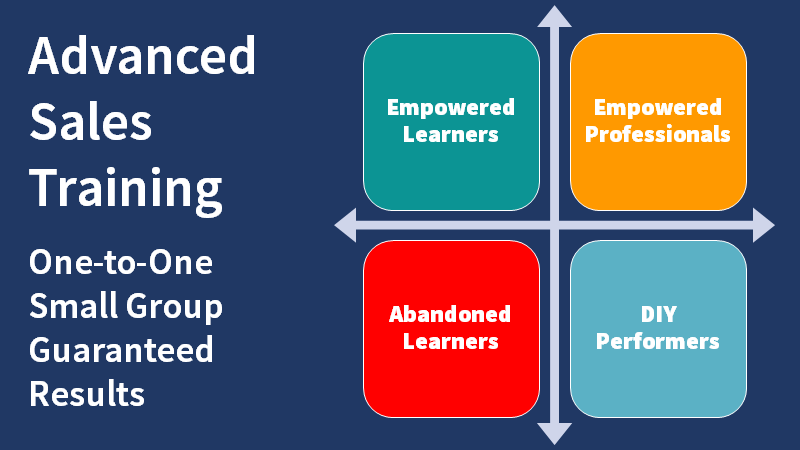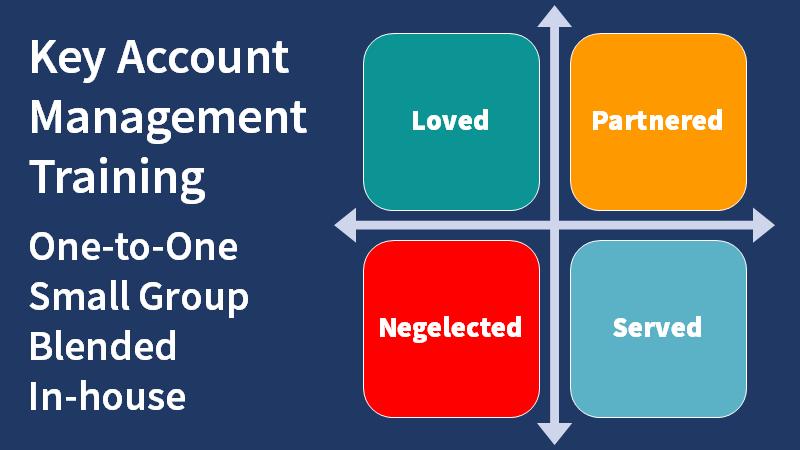Use a sales proposal template to take the pain out of preparing sales proposals.

Some say it’s better than sex. The high you get when your selling efforts land a juicy order is difficult to beat. Not far behind is the feeling you get immediately after a great meeting. Sometimes it lasts until you get around to thinking about writing sales proposals.
I am sure that many salespeople already have good proposal-writing skills. Perhaps you know how to write and can't wait to rush back and start writing a compelling justification whenever you are asked. A few at least, get pleasure from bringing words to life on paper.
Why is it that people with a flair for interpersonal communication so often find writing a horrible experience?
If contemplation invokes even a faint sense of dread, we put it off until the last possible moment. Usually, this means that the task must be rushed. Consider how many times you have submitted a late response or have had to seek deadline extensions.
In these days of work-smart workflow solutions, writing proposals ought to be a less onerous task.
Best Practice for Writing Proposals and Winning Tenders
Best practice advice for writing sales proposals is to make them about the customer and solving their problems. Boilerplate paragraphs written to have universal appeal, fail to convey the understanding, credibility, and certainty of outcome that we need to communicate.
If you have tried to create your own anthology of useful data, descriptions, paragraphs, and phrases you will know how difficult it is to keep such a collection, current and organised.
Headings for a Sales Proposals Template
First is the title. Copywriters tell us that this is the most important part of any document. It sets the mood of any reader. Supposedly, this is less important when a buyer is waiting with eager anticipation to spend hours pouring over each hopeful submission. A good title sets the tone. It is like a first impression. It can be bad, neutral, or good.
Some otherwise strong propositions risk being discarded or read with disdain, just for want of a more thoughtful title.
Business and government sales proposals are read by several people. Each person has a different perspective such as that of a senior executive, professional buyer, technical expert, financial executive, and a user.
Proposals should be written with the reader in mind. This is achieved by separating a proposal into suitable sections, titled to identify themselves as being written for people with each different perspectives.
Executive Summary
After a table of contents (with thoughtful titles), most professionals recommend beginning with an Executive summary:
- Express understanding of the circumstances and reasons for the requirement, from the customer's perspective.
- Describe the issues addressed in the sales proposal or bid.
- Describe the solution with an appropriate level of detail.
- Explain why it will work and outline the supporting evidence.
- Summarise the outcomes and benefits.
- Summarise the costs.
- Propose the next step.
Large blocks of text are most likely to be skimmed. A good executive summary should achieve all of this in six or seven short paragraphs. Being brief takes more time so set aside enough time.
The executive summary may be the only part of a sales proposal or bid that the most senior, most influential people will read.
Technical Assessment
Some of the people reading a sales proposal will be evaluating the technical compliance of what is proposed.
Best practice demands that proposal writers know the criteria that will be used to judge responses before they write a response.
UK government and EU procurement rules specify that those issuing an RFP or tender are required to provide evaluation criteria. For less formal requirements, asking a question about the evaluation criteria early enough in the buying process will uncover the way submissions will be assessed.
Technical assessors must determine to what extent a solution meets the required criteria. For some or all of the technical aspects of a solution, this might be as simple as being compliant or not compliant. It is easy to exclude any or all responses that are not compliant with mandatory requirements defined by the buyer.
If you are bidding for contracts, participating in a formal RFP process, or responding to a government tender, much of the document will be governed by the specific responses required.
As far as possible, responses should be given in the same order and with the same references as given in the request document. Responses to each element of the requirement should:
- Reproduce the appropriate bid or customer requirement statement.
- Acknowledge the understood intent or purpose.
- Explain how the proposed solution meets the requirement with an appropriate level of detail for the anticipated reader.
- Provide evidence as proof of compliance.
- Link the evidence or consequence back to the intent or purpose.

If you don't know how much detail they want, provide more than you think is necessary. Structure each individual response so that readers can choose how much they need to read. Improve readability by summarising, subdividing, and formatting.
User Requirements
Users are the people who have to get their job done using whatever is bought. When businesses buy anything that must be embraced or used by employees, they are wise to include user representatives in their buying process. If what you are supplying requires users to adopt new working practices or do anything differently, it is wise to write a section of a proposal that specifically addresses likely user concerns:
- Reproduce appropriate bid or requirement statements that impact the users.
- Acknowledge the related working environment and typical user circumstances.
- Explain how the proposed solution meets the user's need for functionality, usability, and efficiency.
- Provide evidence to support claims.
- Link the outcome back to the primary objectives, intent, or purpose of the proposal.
Financier Requirements
Without other guidance that may or may not be given in any formal RFP or tender, this section can appear lean because all that is left is declaring the price. By taking into account the needs of those with a financial perspective, a sales proposal can provide a richer response:
- Detail the total capital and recurring costs.
- Detail appropriate delivery, installation, implementation, acceptance, and payment schedules.
- Acknowledge any agreed penalties regarding non-compliance by either party.
- Link completion to the primary objective, intent, or purpose and if appropriate, use customer data to illustrate lead time to effectiveness, break-even, and return on investment.
- Include any guarantees that extend legal rights.
Other sections that may require the application of a similar structured approach include supporters, approvers, and contract negotiators.
Supporters are any customer staff who will be involved in maintaining or supporting implementation and use. Approvers are those who ensure a firm's policies and procedures are observed. This might include purchasing or procurement professionals. Contract negotiators are usually procurement professionals or lawyers.
The Ending
Including a summary that expresses a firm recommendation and describes any steps entailed in acceptance, is a clean way to complete a sales proposal.
If you have engaged with a buyer over the full period of their investigation, then the content of the proposal should contain no surprises.
Ideally, you will already have obtained the buyer's agreement that what you are proposing, completely meets their needs. This doesn't mean that you are guaranteed to win, only that you are a contender. If you haven't obtained this agreement, then you will be trying to guess the right solution.
RFP and tender invitations are often written around a particular supplier's solution. If it isn't yours and there is no further opportunity to discuss the requirement you have to make assumptions and accept the associated risks.
Gene Fowler said, “Writing is easy. All you do is stare at a blank sheet of paper until drops of blood form on your forehead.” If you need a way to increase writing quality and reduce preparation time, use these suggestions to create your own sales proposal template.
Article by Clive Miller
Related material:
Bidding to Win - Ten Critical Success Factors
Selling to Government - Sales Training Course
If you are looking for ways to improve sales proposals, develop a sales proposal template, or strategies for winning tenders, we can help. Telephone +44 (0)1392 851500 for more information. We will be pleased to learn about your needs and talk through some options. Send an email to custserv@salessense.co.uk for a prompt reply or use the contact form here.












